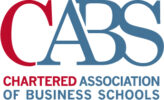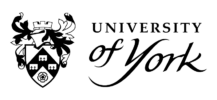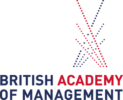Case study: Looking beyond academia to unravel a 70-year art mystery
 Academic careers can take you to unexpected places. For Dr Meredith Hale, an early passion for art history would lead her to roles in academia, galleries and high-end auction houses, and to finally to solving a 70-year mystery behind the theft of a work of art.
Academic careers can take you to unexpected places. For Dr Meredith Hale, an early passion for art history would lead her to roles in academia, galleries and high-end auction houses, and to finally to solving a 70-year mystery behind the theft of a work of art.
Our case study series features inspiring researchers discussing their careers and sharing tips on how they engage beyond academia to drive change. Check out the full case study here.
From formative visits to collections while still at high school, Meredith has always been interested in paintings. A traditional education in which pupils studied works of art directly, and made drawings, led Meredith to associate the history of art with the study of paintings as objects themselves, both visually and materially.
Meredith’s early career saw her working across academia, museums and commercial art settings. By the time she completed her PhD in Dutch and Flemish art, she had worked at Washington galleries and for London art dealers. She was then appointed Old Master Specialist at the London auction house Christie’s. “That job was amazing,” she reflects, “I saw some really important artwork, and could see the impact my decisions were having.”
Drawing on these diverse experiences, Meredith returned to academia while continuing to engage with galleries and the art market, bringing an object-based focus into academic art history. This brought her to the Buccleuch Living Heritage Trust, and a mysterious art theft that had eluded the art world for decades.
From 1682, a complete set of 37 Anthony van Dyck oil sketches was housed in the Buccleuch family collection in Northamptonshire until, in 1951, one was stolen. Over eight years, Meredith brought together her academic research skills with her experience of the art market and worked alongside non-academic partners to reconstruct the piece’s journey through the hands of experts, dealers and collectors. Crucially, she recognised that the piece had been materially altered to hide its provenance, with the back panel shaved to remove markings.
The thief, Meredith revealed, was Leonard Ramsey, a journalist and art-world insider. Visiting the collection for an article he was writing, he stole the piece before selling it on anonymously, using the money to buy new curtains. It had ended up, via London and Harvard, in Toronto. By creating a watertight account of its labyrinthine journey, Meredith was able to ensure the piece was returned to its rightful home.
For Meredith, working beyond academia is not just about disseminating knowledge, but learning from others. I believe that academic art history is losing some of the intensive object-based knowledge that is flourishing in other settings.
“I realised that I wanted to work in academia while engaging with other organisations, bringing that object-based knowledge back into academic art history.”
Non-academic partners offer different perspectives, methods and ambitions. Embracing these differences, rather than resisting them, can have unexpected and exciting results.
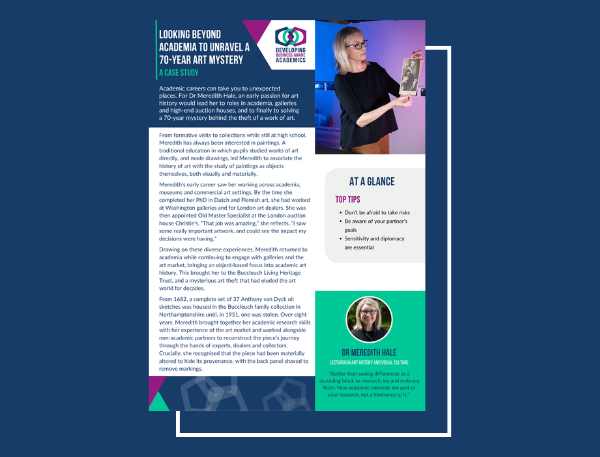
Meredith's top tips
- Pursue non-academic collaborations that are a good fit for you, but don’t be afraid to take risks.
- Be aware of the goals of your collaborators, they may be different from your own.
- Recognise that your partner may have a different investment in the collaboration; sensitivity and diplomacy can go a long way in ensuring partnerships are successful.
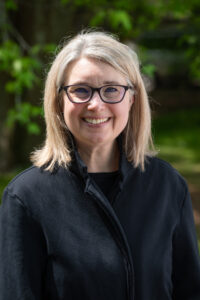 Academic careers can take you to unexpected places. For Dr Meredith Hale, an early passion for art history would lead her to roles in academia, galleries and high-end auction houses, and to finally to solving a 70-year mystery behind the theft of a work of art.
Academic careers can take you to unexpected places. For Dr Meredith Hale, an early passion for art history would lead her to roles in academia, galleries and high-end auction houses, and to finally to solving a 70-year mystery behind the theft of a work of art.

